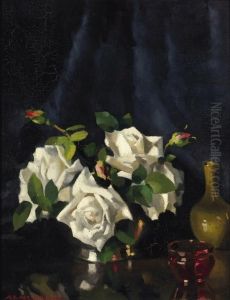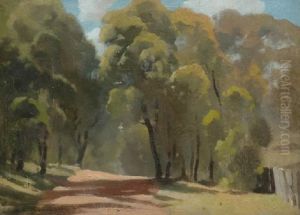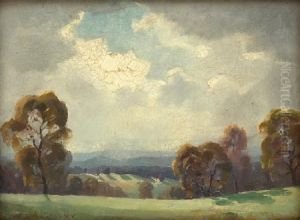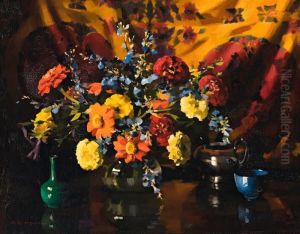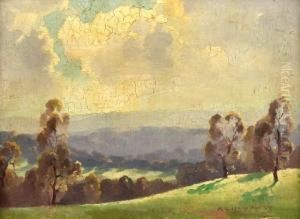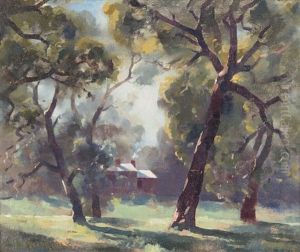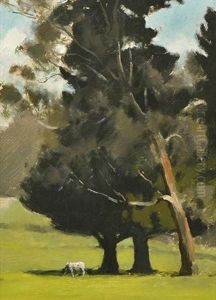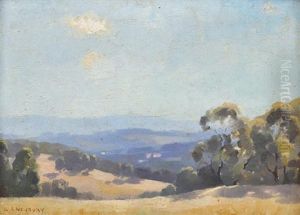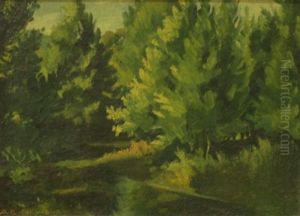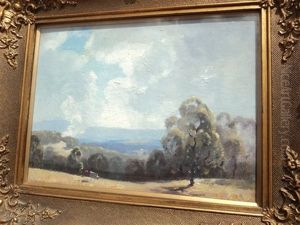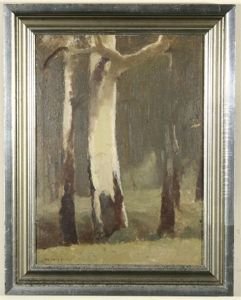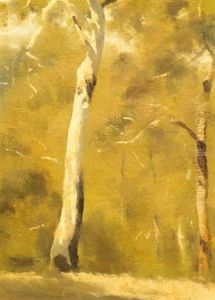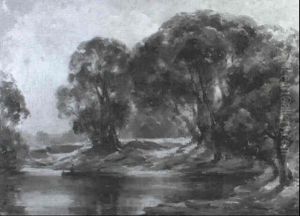Albert Ernest Newbury Paintings
Albert Ernest Newbury, born on March 10, 1891, in Hamilton, Victoria, Australia, was an Australian artist known for his landscape paintings and his contributions to art education. His early life was grounded in rural Australia, which later influenced his artistic focus on natural and pastoral scenes. Newbury showed a keen interest in art from a young age and pursued this passion through his education.
After initial training at the Hamilton Technical School, Newbury moved to Melbourne, where he attended the National Gallery of Victoria Art School from 1911 to 1916. There, he studied under notable artists such as Bernard Hall and Frederick McCubbin, who were influential in the development of his style and technique. His education was interrupted by World War I, during which he served in the Australian Imperial Force from 1916 to 1919.
Following the war, Newbury's career in art took flight. He became an active member of the Victorian Artists’ Society and the Australian Art Association. His work was regularly exhibited and received critical acclaim, bringing him into the public eye. Newbury's landscapes were particularly celebrated for their mastery of light and atmosphere, often capturing the unique qualities of the Australian bush.
In addition to his painting, Newbury was deeply involved in art education. He held teaching positions at various institutions, including the Working Men’s College (now RMIT University) and the Ballarat School of Mines. His influence on a generation of artists was significant, as he imparted not only technical skills but also a philosophy that emphasized the importance of capturing the essence of the Australian landscape.
Albert Ernest Newbury continued to paint and teach throughout his life. He was elected to the Council of the National Gallery of Victoria and also served as its acting director. His dedication to both his craft and his students left a lasting legacy in the Australian art world. Newbury passed away on May 1, 1941, in Melbourne. His work remains an important part of Australia's artistic heritage, often seen in national collections, including the National Gallery of Victoria and the Art Gallery of New South Wales.
